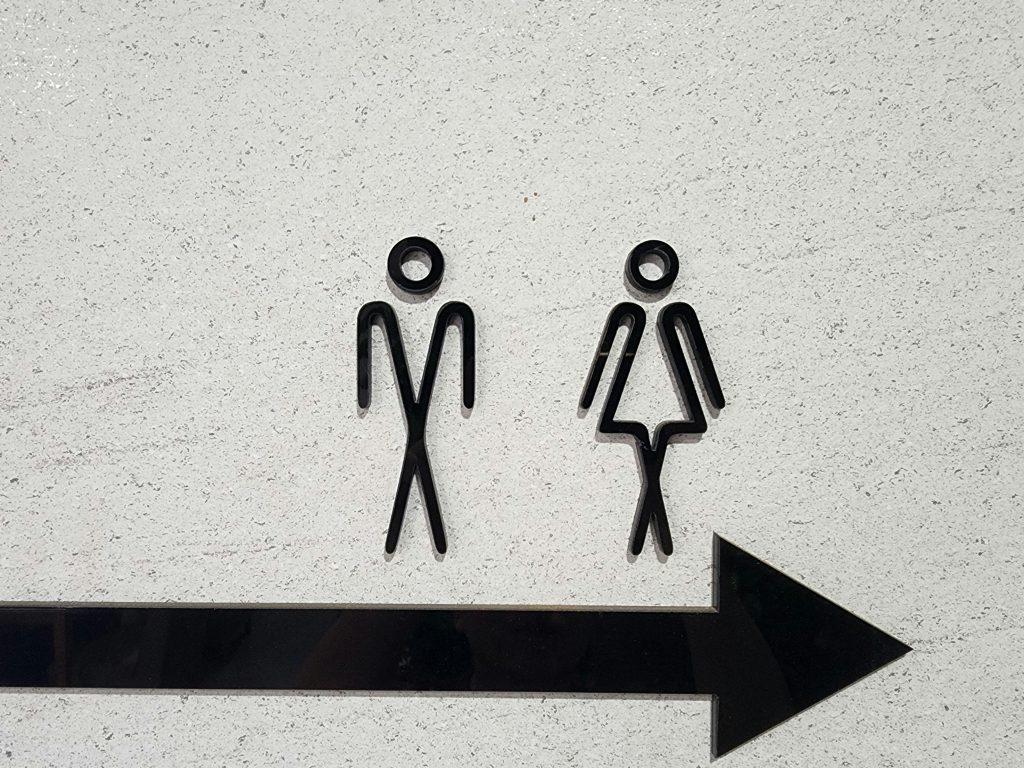

Following the UK Supreme Court’s ruling on the definition of “man,” “woman,” and “sex” in the Equality Act 2010, the Equality and Human Rights Commission (EHRC) recently issued interim guidance. This update clarifies the judgment’s immediate implications for single-sex facilities, offering reassurance to service providers while presenting new complexities for employers.
What does the interim update say about single-sex facilities in workplaces?
The EHRC’s interim guidance outlines specific requirements for workplace facilities:
- Mandatory single-sex facilities: Employers must provide sufficient single-sex toilets, changing rooms, and washing facilities where necessary.
- Transgender access to single-sex spaces:
- Transgender women (biological males) should not use women’s single-sex facilities.
- Transgender men (biological females) should not use men’s single-sex facilities.
- Allowing such use would compromise the single-sex nature of these facilities, requiring them to be open to all users of the opposite sex.
- Exclusion from opposite-sex facilities: In certain circumstances, the law permits excluding transgender women (biological males) from men’s facilities and transgender men (biological females) from women’s facilities.
- Ensuring facility access for transgender individuals: If facilities are available to both men and women, employers must ensure that transgender individuals also have access to appropriate facilities. They should not be left without options.
- Providing mixed-sex facilities: Where feasible, employers should provide mixed-sex toilet, washing, or changing facilities in addition to single-sex provisions.
What does this mean for employers?
The interim update clearly states that employers should not permit transgender individuals to use single-sex facilities aligned with their identified gender. However, this guidance creates a complex challenge for employers striving to balance the provision of single-sex facilities with the rights of transgender people, particularly concerning gender reassignment discrimination and harassment.
- Discrimination risks: Employers face potential sex discrimination claims if they do not adhere to the EHRC’s guidance.
- Unaddressed discrimination concerns: The guidance does not offer practical solutions for mitigating gender reassignment discrimination claims that may arise from moving away from more inclusive provisions.
- Limitations of mixed-sex facilities: While the guidance suggests mixed-sex facilities as a solution, this may be a long-term goal. Many workplaces lack adequate mixed-sex facilities, especially for washing and changing, with the only option often being a single accessible toilet.
- Practical challenges: The guidance offers no direction on ensuring transgender employees have access to facilities when current options are limited. For example, there may be a case of a transgender man who is not known by colleagues to be trans. Requiring him suddenly to start using the women’s facilities could lead to “outing” the employee. This carries a significant discrimination risk, particularly for those with a Gender Recognition Certificate.
What is the law on single-sex facilities in workplaces?
The EHRC guidance that it “is compulsory to provide sufficient single-sex toilets” could be misconstrued.
- Health and safety regulations: Health and Safety regulations mandate separate toilets for men and women. The exception to this is “where each toilet is in a separate room lockable from the inside.” This means fully mixed-sex toilet provisions are permissible if they meet these conditions. If toilets are not in separate lockable rooms, then separate provisions for men and women are required.
- Minimum toilet requirements: The Health & Safety Executive’s (HSE) guidance also specifies the minimum number of toilets that employers should have. This depends on whether they are for mixed use, or use by men or women only.
- Outdated regulations: These 1992 Health & Safety regulations predate equality legislation concerning gender reassignment, so they do not specifically address transgender provisions.
- Equality act scope: The Equality Act primarily addresses single-sex facilities provided by service providers, not those made available by employers solely for staff use.
What practical steps can employers take?
Given the evolving guidance, employers should proactively address facility provisions:
- Facility audit: Conduct an audit of current facilities to identify existing mixed-sex options and assess whether additional spaces could be designated as mixed-sex.
- Redesignation considerations: Simply redesignating most existing single-sex toilets as “unisex” or “inclusive” is unlikely to meet HSE conditions, which require individual lockable rooms for mixed-sex toilets.
- Collaboration for solutions: Redesignating existing spaces may be the most immediate way to create mixed-sex facilities in the short term. Employers should collaborate with building consultants and landlords to determine the appropriate balance of facilities for their premises and workforce.
Do you need legal advice in relation to these new guidelines?
Navigating these complex guidelines can be challenging for any employer. If you are encountering difficulties in your workplace in relation to single-sex facilities or gender reassignment discrimination, our experienced solicitors are here to help. We can provide tailored legal advice to ensure your policies comply with the latest regulations and mitigate potential risks. Contact us today to discuss your specific situation and receive the expert support you need.
Alternatively, if you are experiencing discrimination at work, you might be entitled to take legal action. We recommend you seek advice at the earliest opportunity, to better understand your rights.
Contact DPH Legal today by calling 0118 208 2000 or emailing info@dphlegal.com
